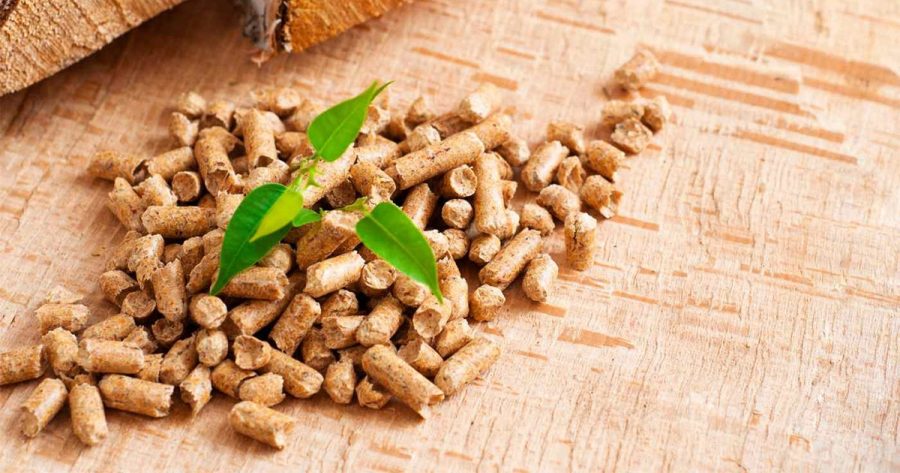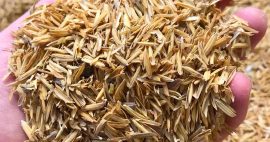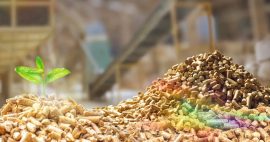As the world transitions toward sustainable energy, Black Wood Pellets have emerged as a high-performance, eco-friendly alternative to coal and traditional biomass. With rising demand from power plants in Japan, South Korea, Europe, and beyond, these torrefied wood pellets offer exceptional energy output, easy storage, and reduced carbon emissions.
What Are Black Wood Pellets?
- Black wood pellets, also called torrefied pellets, are produced by heating wood biomass in a low-oxygen environment—a process called torrefaction. This transforms the wood into a high-energy, hydrophobic fuel with enhanced combustion properties.
- Unlike white wood pellets, black pellets are water-resistant, grindable like coal, and can be stored outdoors with minimal risk of degradation. These features make them ideal for co-firing in thermal power plants or use in advanced biomass boilers.
Key Benefits of Black Wood Pellets
- High Energy Density: Black pellets contain up to 20–25 GJ/ton, making them more efficient than white pellets or raw biomass.
- Water Resistance: Thanks to torrefaction, black pellets resist moisture—perfect for long-distance transport and open-air storage.
- Reduced Emissions: As a carbon-neutral fuel, black wood pellets help industries reduce CO₂ emissions and meet global climate goals.
- Seamless Integration with Coal Systems: Their physical properties allow easy co-firing with existing coal infrastructure, reducing retrofit costs.
A Rising Export Commodity
- Countries like Vietnam, Indonesia, and the USA are increasing black pellet production to meet demand in Japan, South Korea, the EU, and North America. With government incentives for renewable energy, black wood pellets are gaining traction as the fuel of the future.





